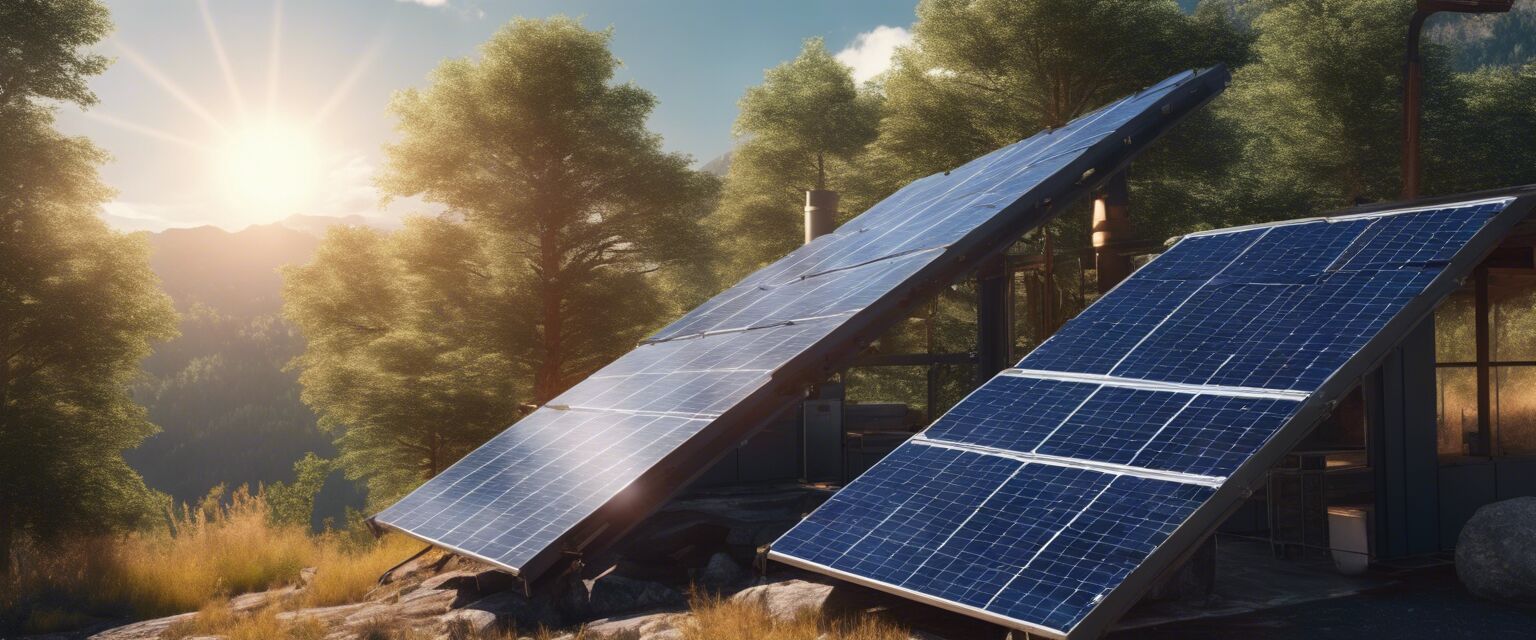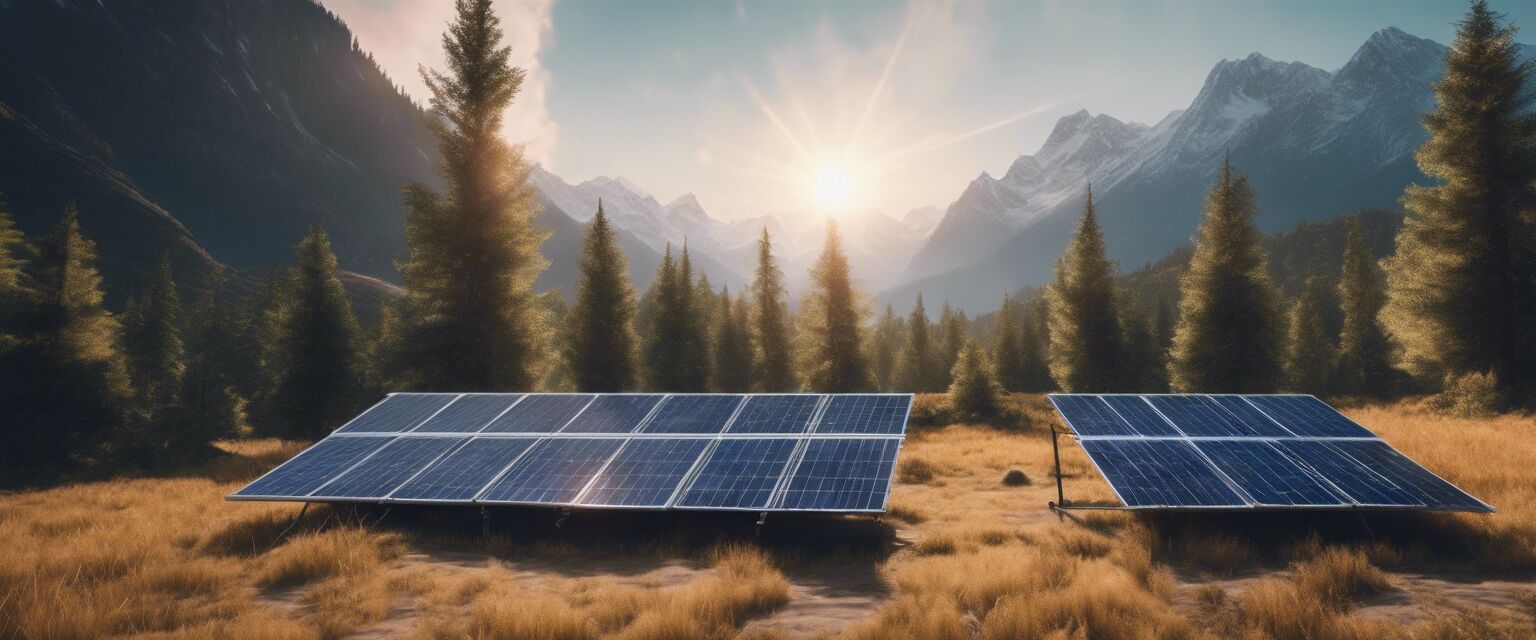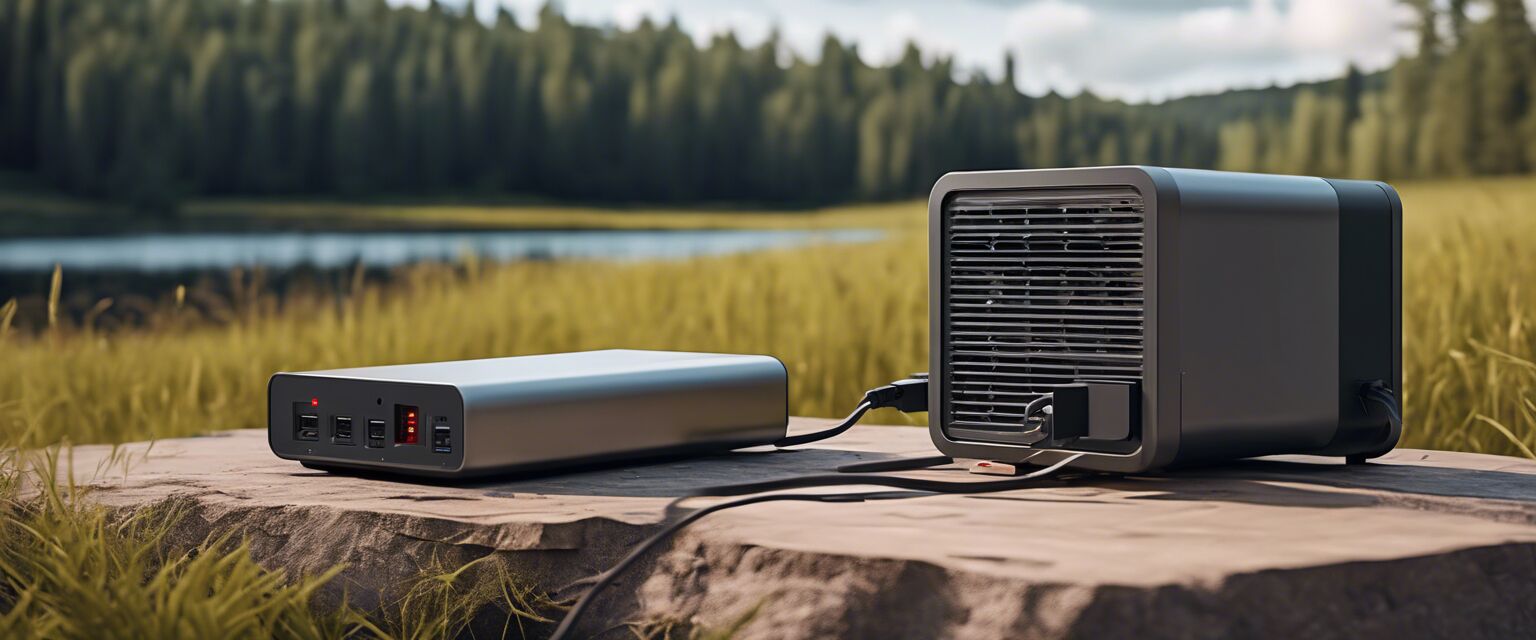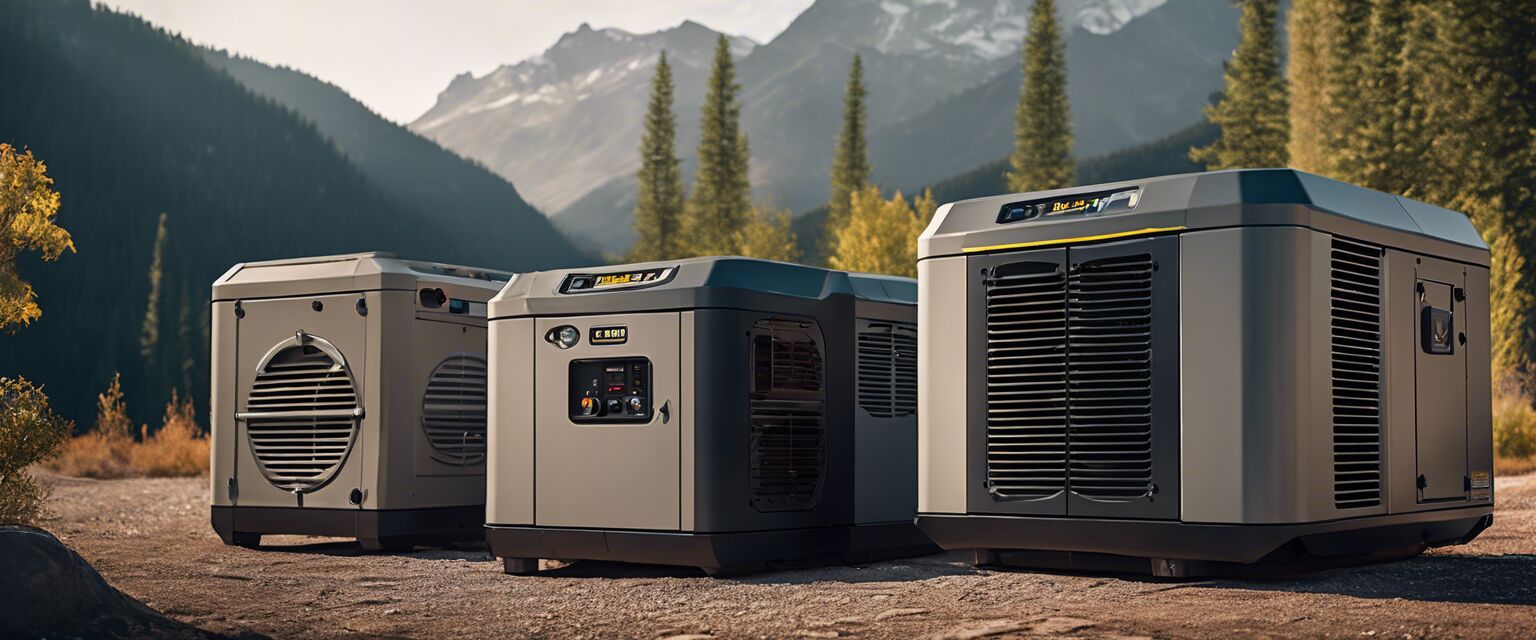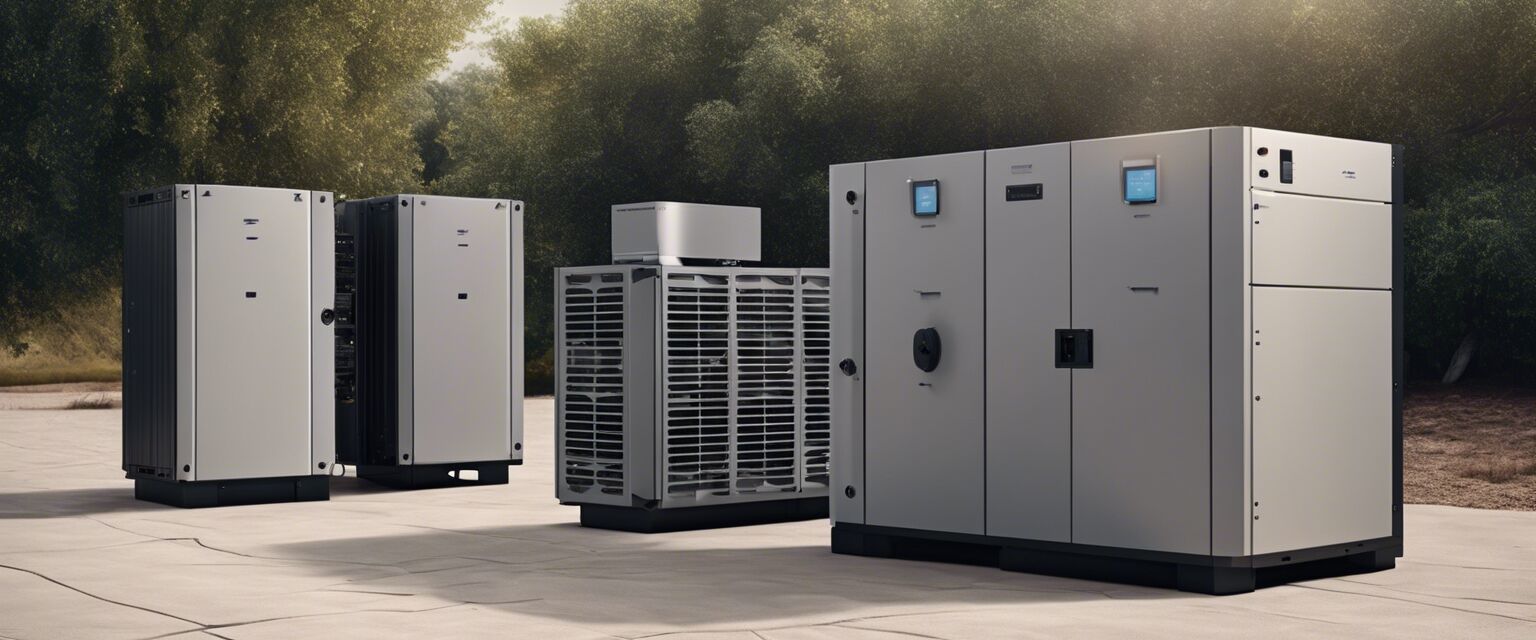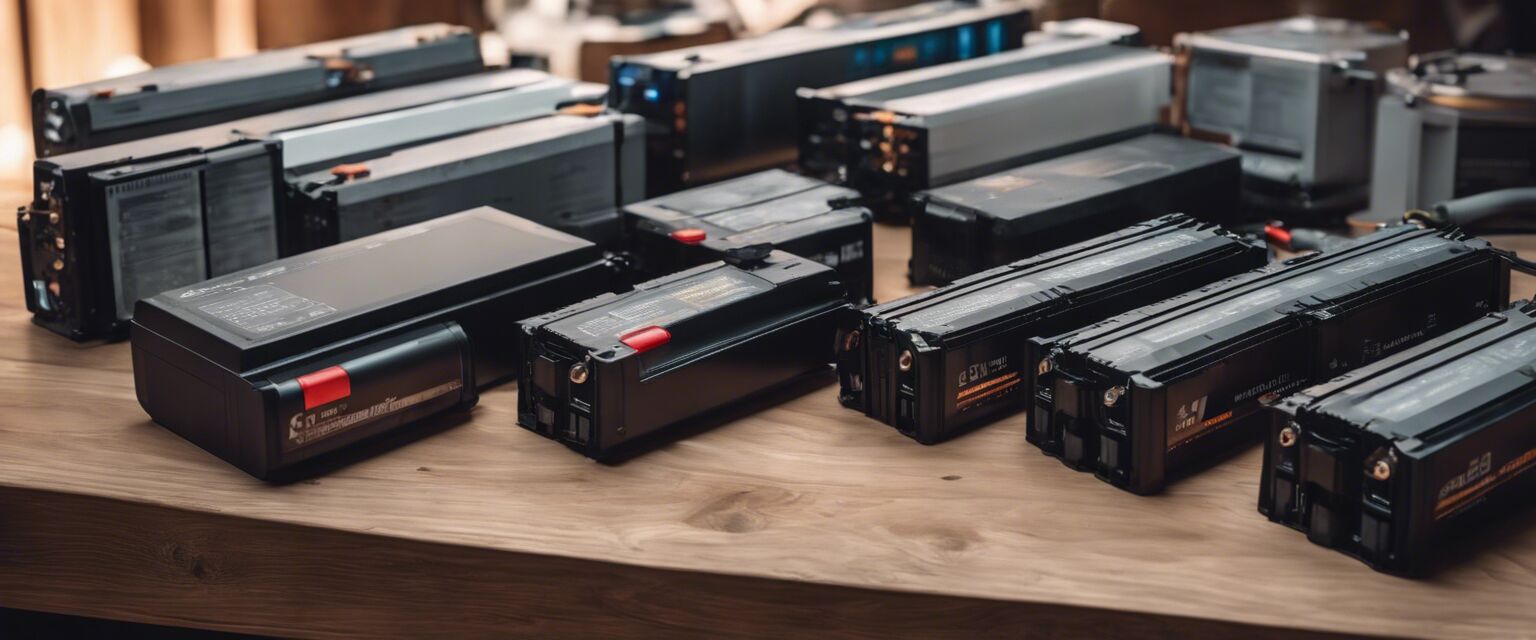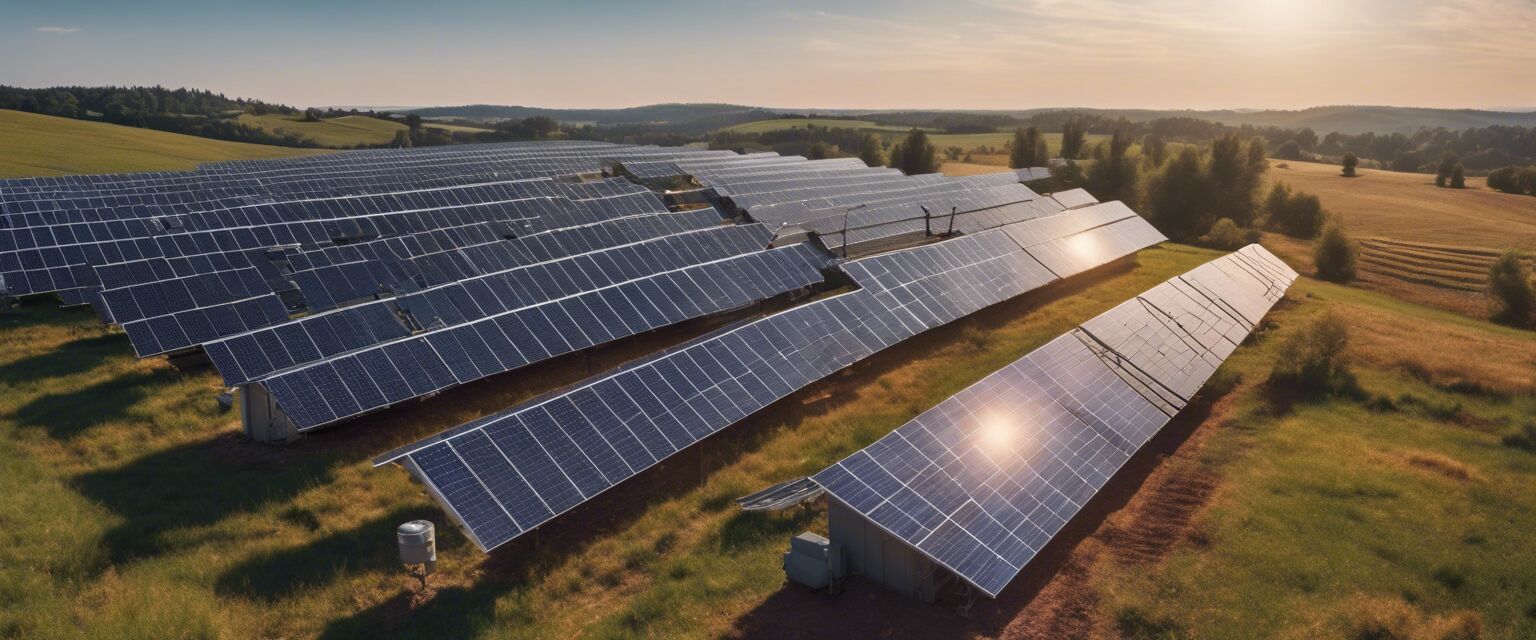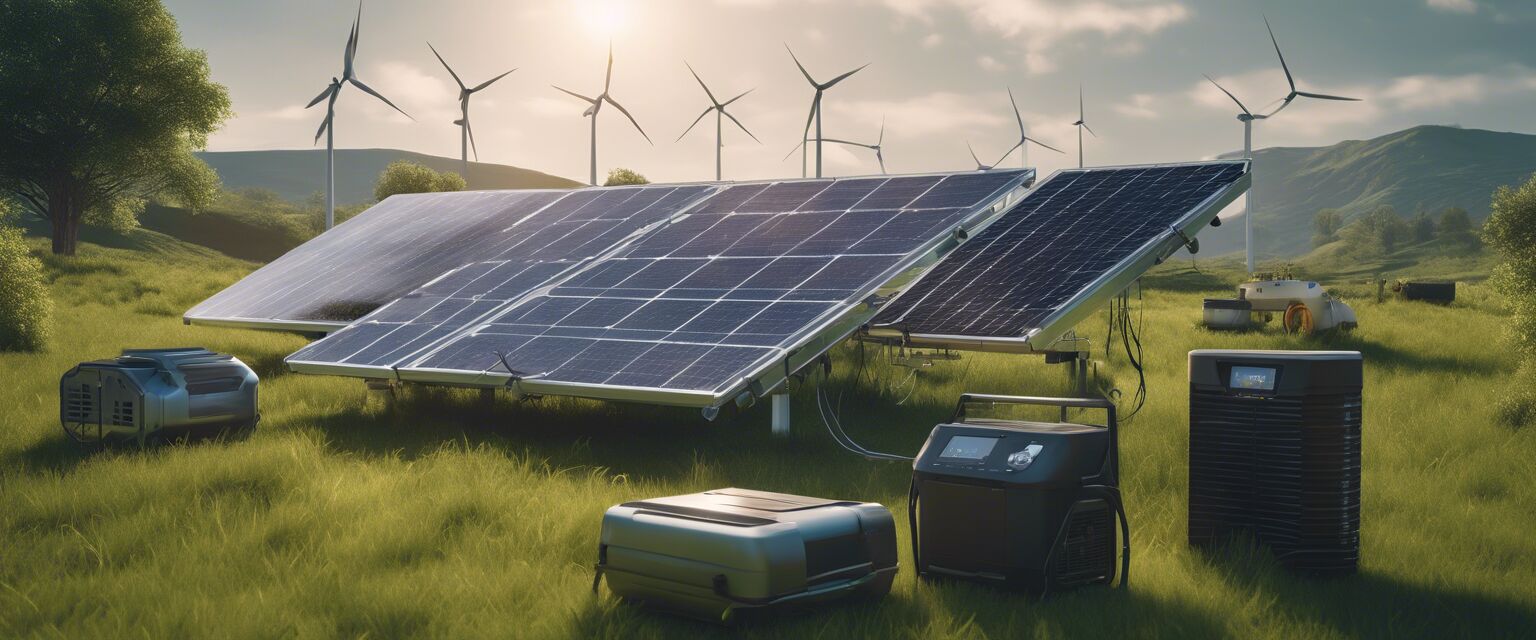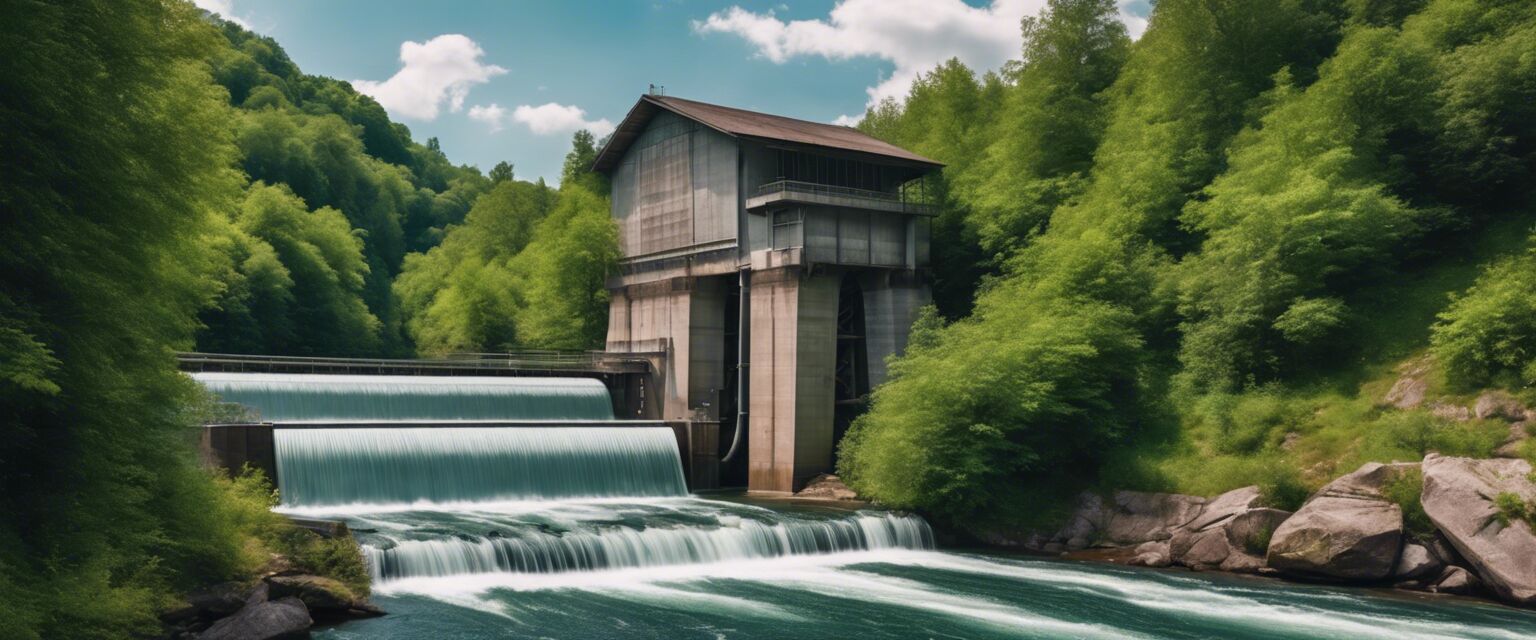
Hydroelectric Power Solutions
Key Takeaways
- Hydroelectric power systems tap into flowing water to generate electricity.
- Small-scale systems are perfect for off-grid locations.
- Understanding components such as turbines, generators, and controls is crucial.
- Maintenance and site assessment are key to ensuring efficiency and longevity.
- Various hydroelectric solutions are available to meet different needs.
If you're looking for a sustainable and efficient way to generate power off the grid, hydroelectric systems might be the solution you need. These systems utilize flowing water to produce energy, making them an ideal option for areas with rivers and streams. In this article, we will cover everything you need to know about hydroelectric power solutions, including their components, advantages, and key considerations for implementation.
What is hydroelectric power?
Hydroelectric power refers to electricity generated by harnessing the energy of flowing or falling water. The energy produced can vary significantly based on the volume of water and the height from which it falls, which is known as "head." It is a reliable and renewable source of energy that is increasingly popular in remote and off-grid areas.
Components of a hydroelectric system
Understanding the components is essential for establishing an effective hydroelectric power solution. Hereâs a breakdown of the major parts:
| Component | Description |
|---|---|
| Water source | A river or stream where flowing water can be diverted. |
| Turbine | Convert the kinetic energy of moving water into mechanical energy. |
| Generator | Transforms mechanical energy from the turbine into electrical energy. |
| Charge controller | Regulates the voltage and current flowing to and from batteries. |
| Batteries | Store energy for later use when there is no water flow. |
| Inverter | Converts stored direct current (DC) into alternating current (AC) for household appliances. |
Benefits of hydroelectric power
- Renewable Energy: Utilizes a sustainable resource, reducing reliance on fossil fuels.
- Consistency: Water flow can provide a stable energy output.
- Low Operating Costs: Once established, maintenance costs are generally lower than other methods.
- Off-Grid Capability: Perfect for remote locations without electricity access.
- Environmentally Friendly: Generates clean energy with minimal impact on the surroundings.
Challenges to consider
Pros
- Harnesses a renewable resource.
- Low emissions, helping in fighting climate change.
- Can be combined with other renewable technologies.
- Provides energy security in off-grid locations.
Cons
- Requires a suitable water source with sufficient flow.
- Potential impact on local ecosystems.
- Initial setup and infrastructure cost can be high.
- May require permits and environmental assessments.
Choosing the right hydroelectric solution
When considering a hydroelectric power system, various options are available based on your specific needs and the nature of your water source. In many cases, you may want to choose between micro-hydro systems, small hydro projects, or even larger scale systems depending on your location and power requirements.
Micro-hydro systems
Micro-hydro systems typically produce up to 100kW of electricity and are suitable for homes or small communities. They are highly efficient and can be a great long-term investment, particularly in areas with swift flowing water.
Small hydro projects
Small hydro projects usually generate between 100 kW to 1 MW and can supply power to small towns or communities. These systems require a larger infrastructure compared to micro-hydro but can capitalize on more significant water flows.
Larger scale systems
For larger requirements, traditional hydroelectric plants with higher capacities come into play. However, these require more comprehensive assessments of environmental impacts and regulatory approvals.
Key considerations for implementation
Before deciding on a hydroelectric system, make sure you consider the following:
- Site Assessment: Evaluate the water source, flow rate, and height of potential fall.
- Permits: Research local requirements. Approval is often necessary before projects can start.
- Maintenance: Regular maintenance is crucial for long-term efficiency and safety.
Conclusion
Hydroelectric power solutions offer an effective way to harness renewable energy in off-grid areas. By carefully considering your specific needs and the details of your water source, you can implement a system that not only provides effective energy solutions but also promotes sustainability and efficiency. To explore related power solutions, check out our sections on battery storage, inverters, and solar panels.
Further resources
For more information on successfully implementing a hydroelectric system, consider diving deeper into our guides on charge controllers and portable generators. These resources will give you insight into combining multiple energy solutions for a truly sustainable setup.
Visualizing hydroelectric power
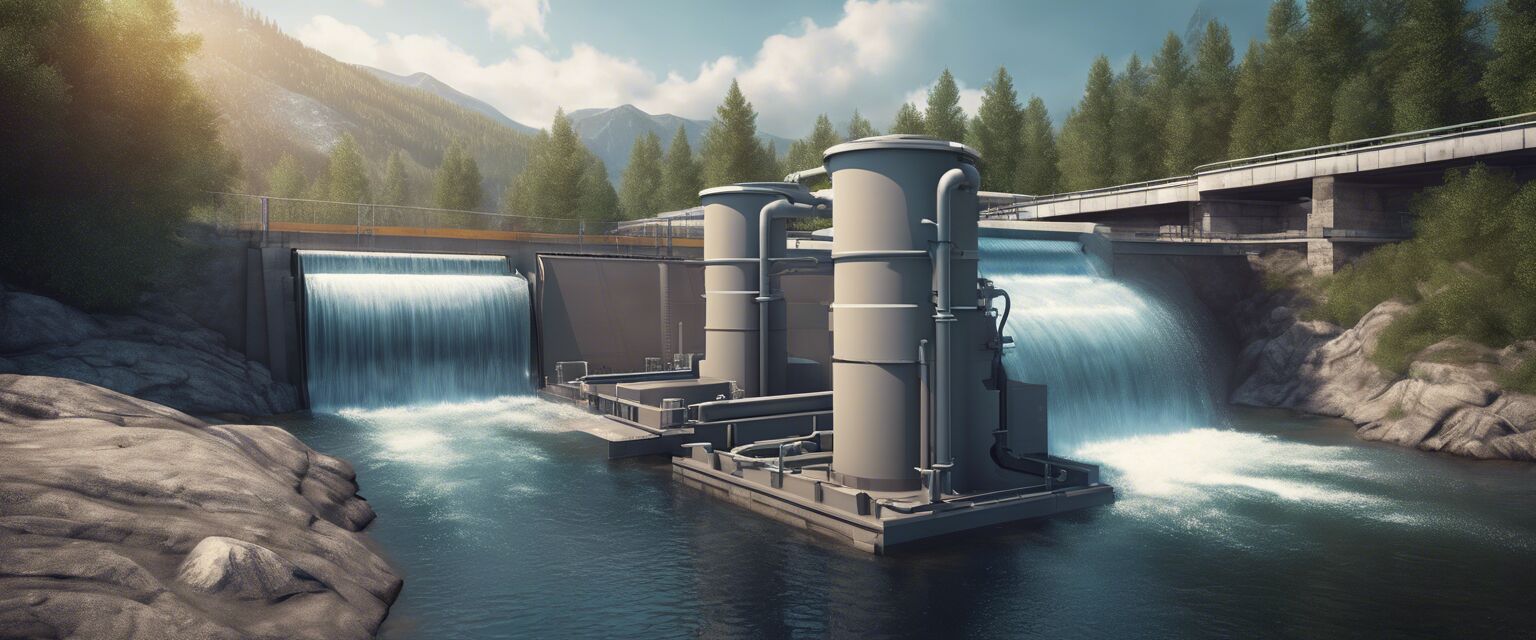
In summary
Choosing hydroelectric power for off-grid solutions has tremendous potential for reducing energy costs and paving the way for a sustainable future. The suitability of small-scale and micro-hydro systems makes them particularly appealing. With the right information and planning, anyone can harness the power of flowing water for their energy needs.

